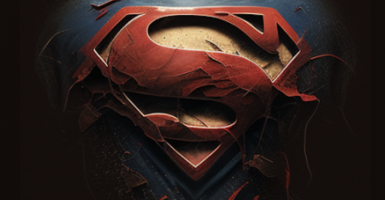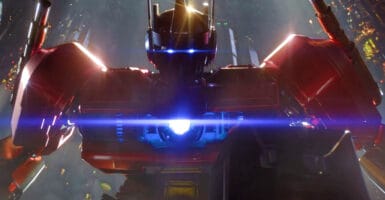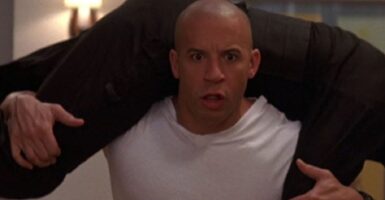9 Movies That Should Have Never Gotten A Sequel
These movies absolutely did not need a sequel.
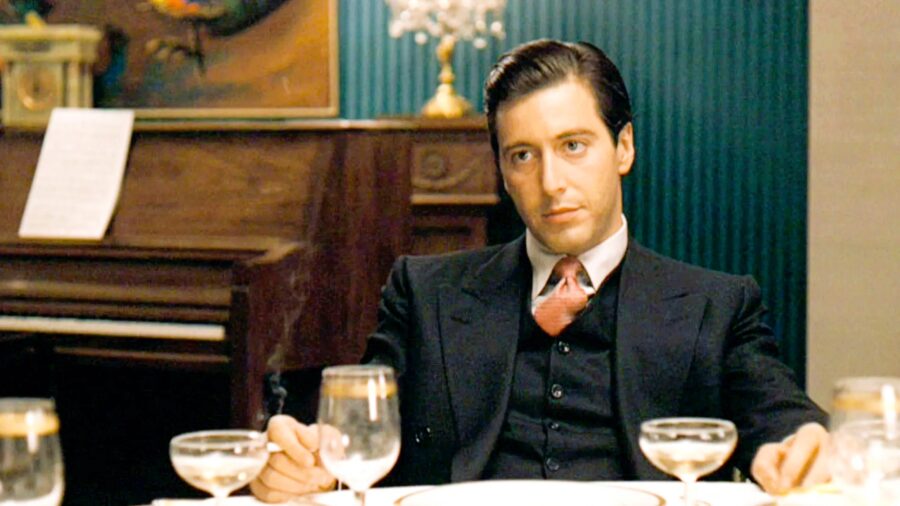
Sometimes a great movie just cries out for a sequel, for any number of reasons. Perhaps there is more story to be explored (like Star Wars) or unanswered questions that just beg to be resolved (Tarantino’s Kill Bill duology) or you just want to see more ass kicked (the John Wick series). Then there are these unfortunate excuses for a cash-in on a successful film; we want to be clear, we’re sure many fine people worked hard on these movie sequels. But really, there is no reason any of them had to exist.
9. Home Alone 3 (1997)
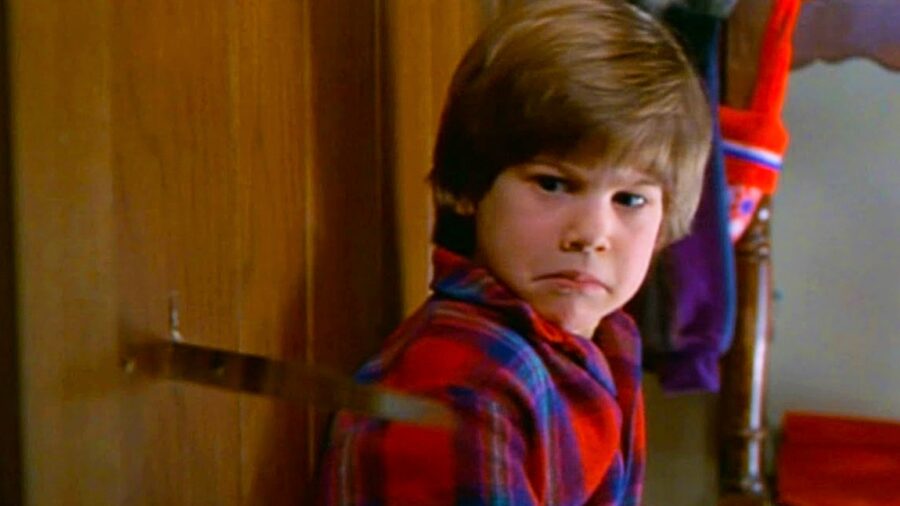
The first Home Alone movie was an incredible cultural sensation, turning a young Macaulay Culkin into a star and becoming the highest-grossing live-action comedy ever for several decades. Then the second movie came along and, and while it didn’t capture the magic of John Hughes’ script, John Williams’ score, and Culkin’s charisma quite as well, it wasn’t utterly embarrassing.
And then there is Home Alone 3, a movie sequel that has nothing to do with the McAllister family (whose general unpleasantness toward one other is rivaled only by their sheer numbers), John Hughes’ beloved Chicago, or really anything but the idea of bad parenting. Shockingly, Home Alone 3 was followed by a bewildering three more sequels, each less consequential than the last.
8. Caddyshack II (1988)
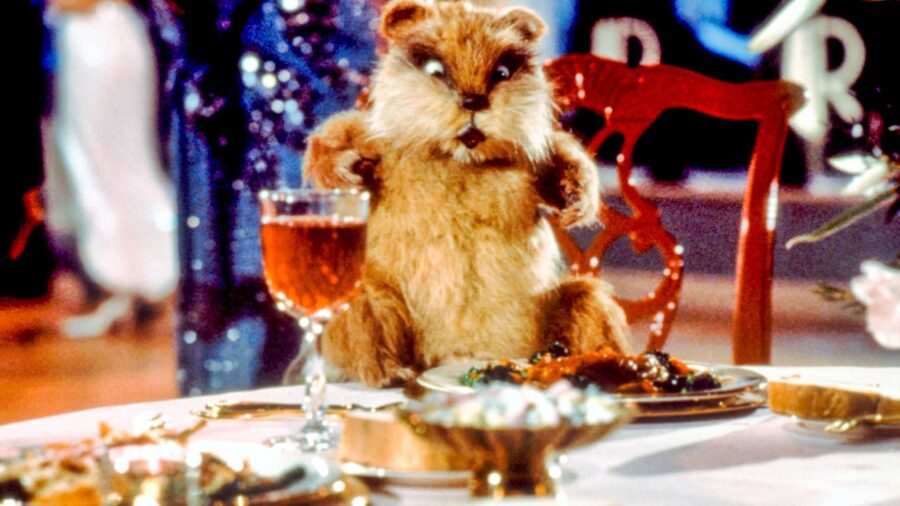
Caddyshack is less of a cohesive narrative than a recycled collection of Saturday Night Live bits that didn’t go to air, plus Rodney Dangerfield and a hydraulic gopher puppet. Go on, name the caddie who is ostensibly the protagonist of the first movie. No one can.
As a movie sequel, there is only one reason for Caddyshack II to exist: trying to squeeze a few more bucks out of moviegoers and for future critics to have a concrete example of the meaning of diminishing returns. The movie flopped at the box office, and thankfully, we were all spared an entire franchise of increasingly minor SNL stars dropping by the Bushwood Country Club.
7. Jaws: The Revenge (1987)
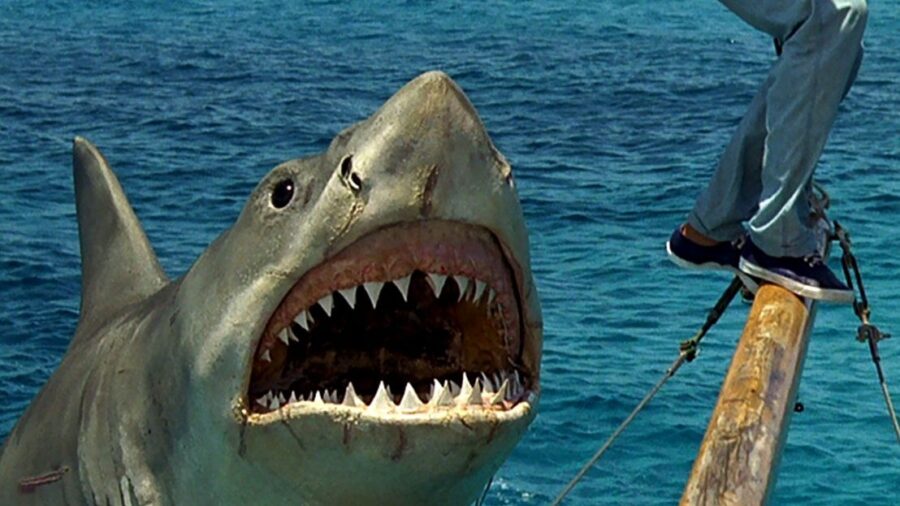
Steven Spielberg’s 1975 film Jaws is generally considered the Big Bang of the summer blockbuster, the movie that essentially created the modern system of wide-releasing spectacle-driven films to huge, huge box office returns. Then that incredibly influential movie had a sequel. Then another. And then a third, subtitled “The Revenge,” and Michael Caine managed to slum it long enough to add some gravitas.
There is no reason why the idea of people being scared of a shark attack can’t be expanded on and given some new angles. But Jaws: The Revenge features a climax in which a cheap-looking great white shark animatronic jumps out of the water to attack and roars. A franchise can’t come back from something like that.
6. Staying Alive (1983)
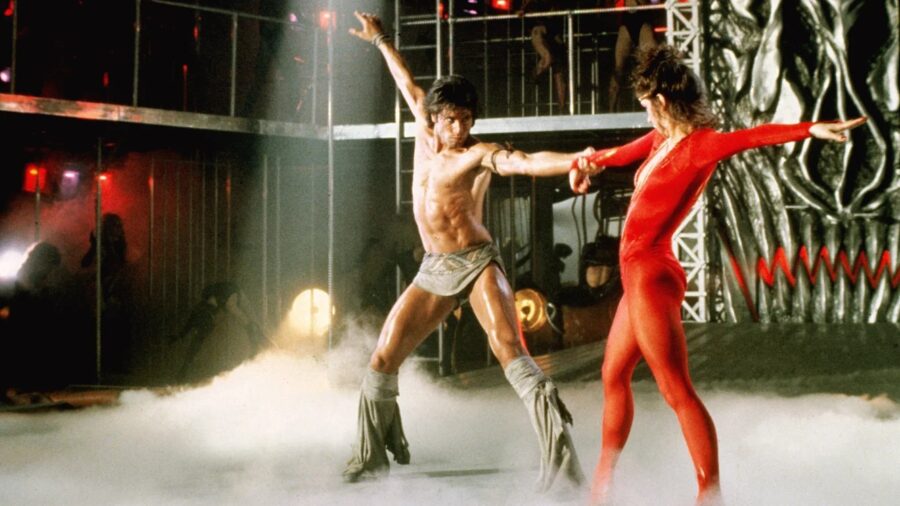
The 1977 film Saturday Night Fever made a young John Travolta a star and then later surprised a whole lot of people who thought it was a fun dance movie, not a gritty urban drama about socio-economic depression, abortion, suicide, and sexual assault. Six years later, Travolta returned to the role of Tony Manero, but director/co-writer Sylvester Stallone had decided that now this tough, working-class kid from Brooklyn only had one dream: to star in a Broadway dance revue.
To say that Staying Alive is an unnecessary movie sequel is underplaying just how much this movie did not need to be produced. It not only fails to continue Tony’s story in any meaningful way, it completely misunderstands the first film.
5. The Exorcist II: The Heretic (1977)
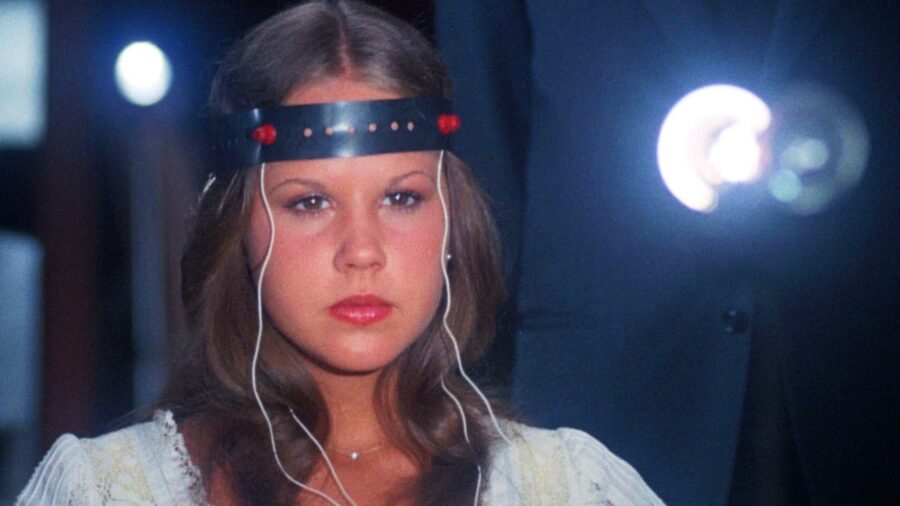
There are naturally a lot of high expectations for a movie that attempts to be a sequel to one of the biggest horror movies of all time. The Exorcist II: The Heretic took those expectations and produced a movie widely considered to be one of the worst of all time (though it did make a whole ton of money at the box office).
While the first movie was a harrowing, primal battle between good and evil, with its battlefield being one ordinary little girl (Linda Blair), the sequel added weird psychic machines, an autistic child magically learning to speak, and the heart being ripped out of a succubus doppelganger of a teenage Linda Blair. While that might sound awesome, trust us: it isn’t.
4. Speed 2: Cruise Control (1997)
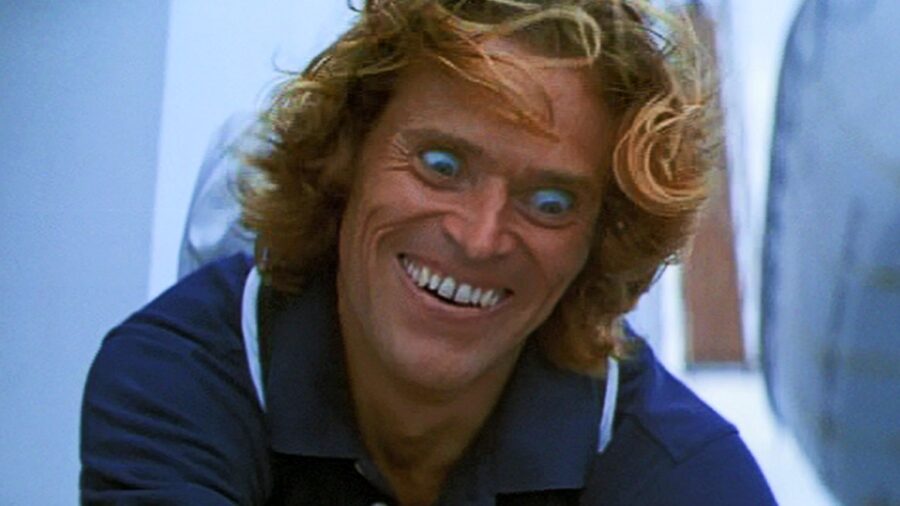
Unlike Linda Blair returning for The Exorcist II, Keanu Reeves wisely opted not to return for Speed 2: Cruise Control, leaving only Sandra Bullock and Jason Patric to try to keep this movie sequel afloat. One can question how often John McClane can get caught in a hostage situation or how often Kevin McCallister’s parents can try to ditch him, but it truly boggles the mind to accept that one woman can get caught on a moving vehicle that can’t slow down without terrible consequences more than once in a lifetime.
Speed 2: Cruise Control does not continue the story of the first movie in any meaningful way. Despite taking place on a cruise ship, it doesn’t really escalate the stakes, because a big boat going fast in the ocean doesn’t really have the same impact as a bus smashing through a crowded city. It has Willem Dafoe as a revenge-driven villain dying from exposure to copper, but shockingly, that’s not enough.
3. Highlander II: The Quickening (1991)
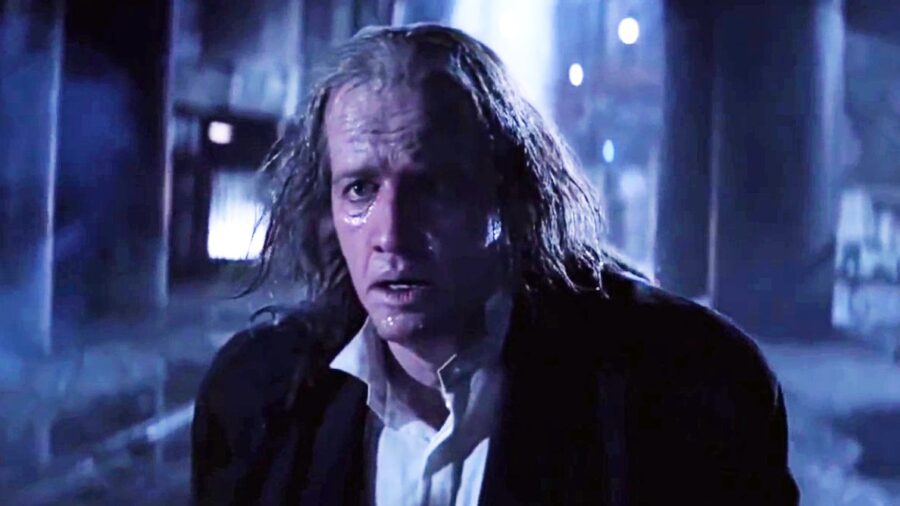
As we recently opined, the first Highlander movie should have been the end of the franchise, given that its entire premise was predicated on the idea that this was the final battle between immortal warriors. Instead, a movie sequel infamously asked the question, what if everything you enjoyed about the first film was not true and instead, it was about aliens and Sean Connery inexplicably came back to life, rendering his tragic death in the first movie meaningless?
Unlike many of the movies on this list, Highlander II: The Quickening not only did not fail to justify making a sequel, but retroactively made the first movie more confusing. That’s actually kind of impressive.
2. Grease 2 (1982)
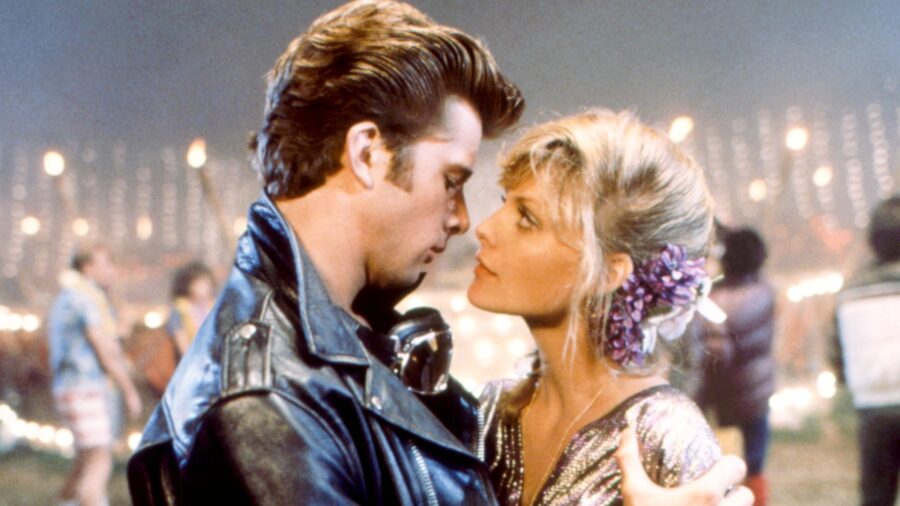
The 1978 musical Grease was a sunny, awkwardly subversive take on the youth culture of the 1950s, combining the star power of a young John Travolta and Olivia Newton-John with some incredibly catchy songs. Naturally, Paramount wanted to squeeze the story (adapted from a much raunchier and confrontational stage musical by Jim Jacobs and Warren Casey) for all it was worth, intending for a series of films based on the continuing youth trends of America through the 1960s and 1970s.
However, Grease 2 failed to bring back any of the major stars of the first movie, did not feature any particularly impressive new songs, and basically should have been called “Grease: The New Class” for all the originality it brought to the table. Why bother?
1. The Godfather Part III (1990)
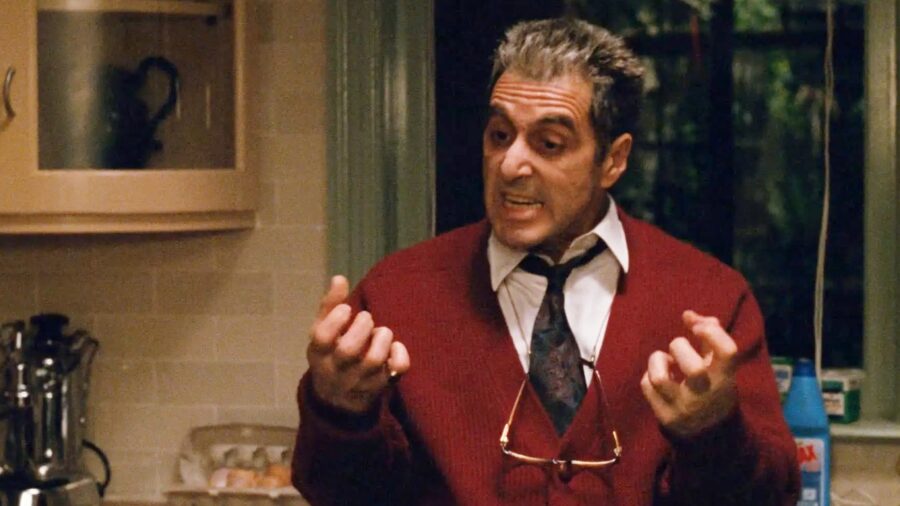
The first two Godfather movies are widely considered highwater marks for cinema, creating a new American mythology rooted in Mafia imagery and the intense internal acting of Al Pacino, Diane Keaton, Robert Duvall, Robert De Niro, James Caan, and Marlon Brando. Director Francis Ford Coppola reportedly considered the first two movies to be a complete story and refused for years to make another. However, eventually, Paramount got its way, and the story was artificially continued.
To its credit, The Godfather Part III attempts to bring the story of one man’s battle against his familial destiny to its logical conclusion (Coppola’s preferred title was The Death of Michael Corleone, if that’s any clue). However, nothing about the movie along the way tells us anything more than the first two movies did. Michael can never truly escape the world of the Cosa Nostra, he loses everything meaningful to him in the process, and in the end, his struggle to protect his family at any cost leaves him cold and alone. We got it already, guys.










